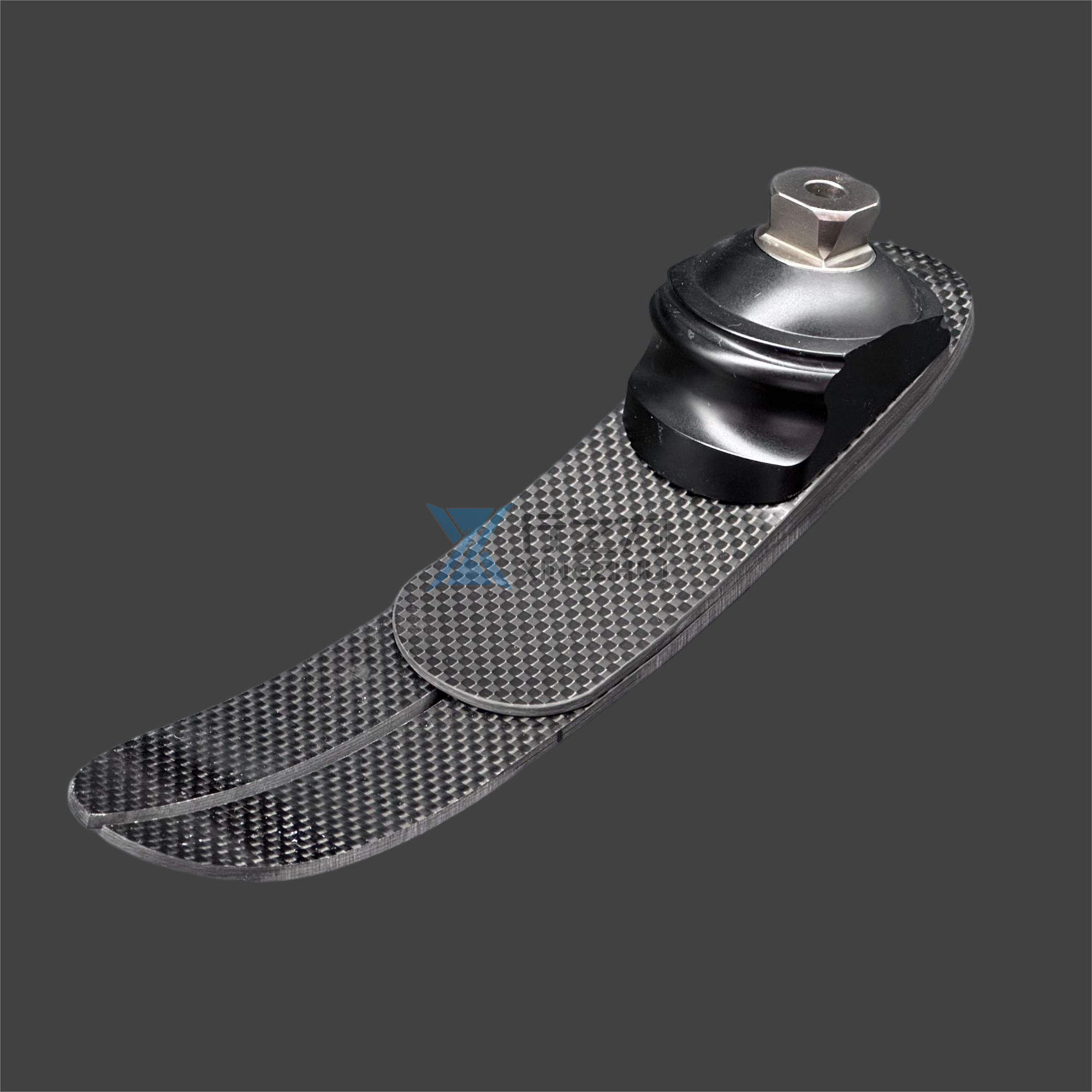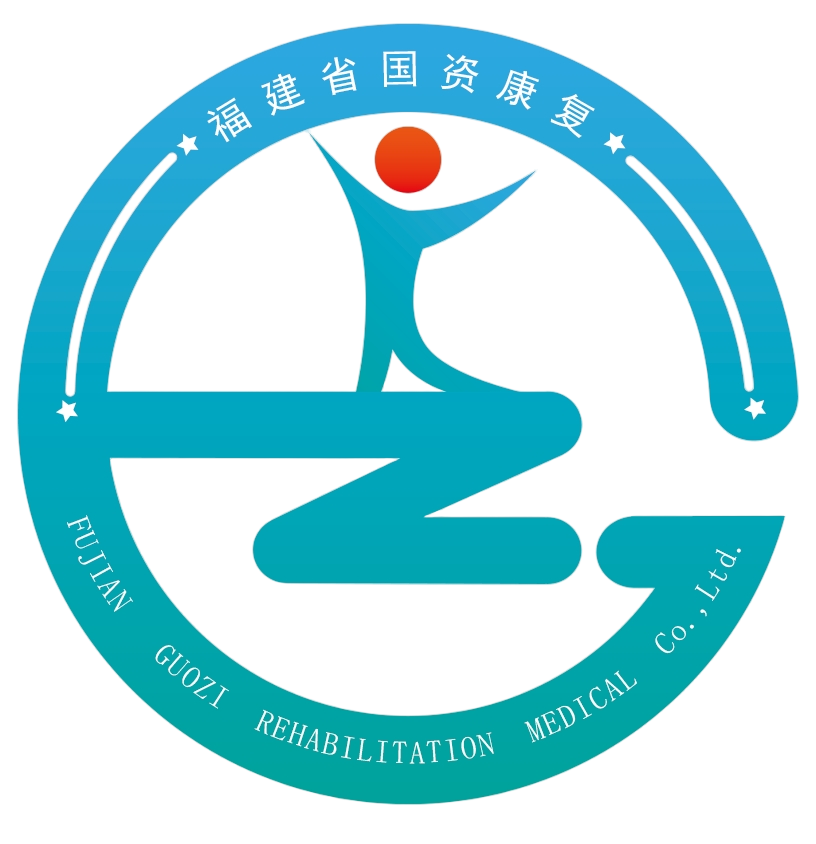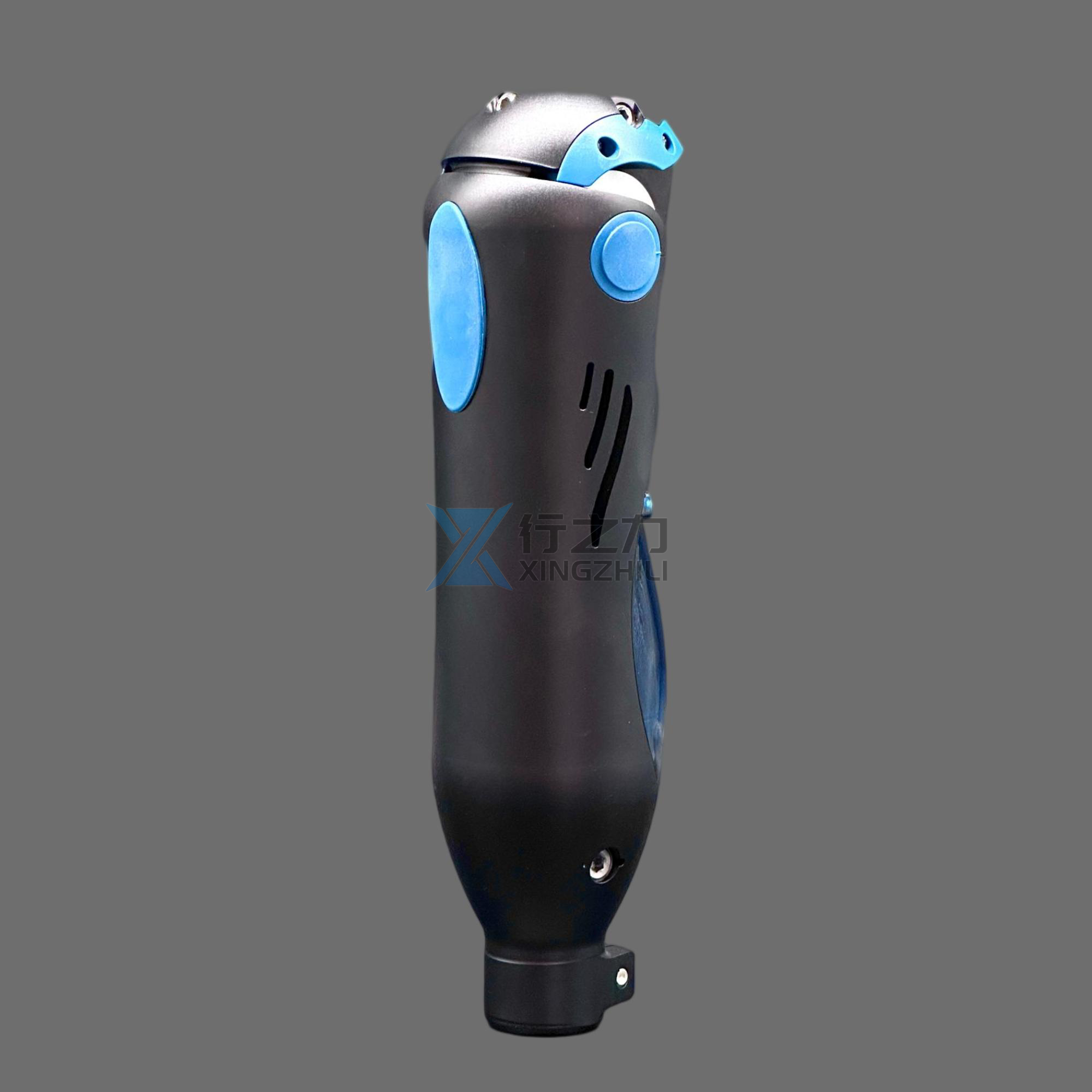The Evolution of Modern Prosthetic Technology for Enhanced Mobility
The landscape of prosthetic technology has undergone remarkable transformation in recent decades, with prosthetic accessories playing an increasingly vital role in restoring natural movement patterns. These innovative components have revolutionized the way individuals with limb differences navigate their daily lives, offering unprecedented levels of comfort, stability, and functionality.
Today's advanced prosthetic accessories represent the culmination of years of research, engineering excellence, and user feedback. From sophisticated shock absorption systems to intelligent joint mechanisms, these components work in harmony to create a more intuitive and natural walking experience. The impact of these developments extends far beyond basic mobility, touching every aspect of users' lives and enabling them to pursue their passions with confidence.
Core Components of Advanced Prosthetic Systems
Dynamic Response Feet and Ankle Units
Modern prosthetic accessories include state-of-the-art dynamic response feet that store and release energy during the gait cycle. These components utilize advanced carbon fiber materials and specialized designs to mimic the natural spring-like action of biological feet. The result is a more efficient and fluid walking motion that requires less energy expenditure from the user.
Complementing these feet are sophisticated ankle units that provide multi-axial movement and automatic terrain adaptation. These prosthetic accessories continuously adjust their position based on ground conditions, ensuring stable footing whether walking on level surfaces, slopes, or uneven terrain. The seamless integration of these components helps users maintain better balance and reduces the risk of falls.
Microprocessor-Controlled Joints
At the heart of many advanced prosthetic systems lie microprocessor-controlled joints that analyze and respond to movement in real-time. These intelligent prosthetic accessories use sophisticated sensors to detect changes in speed, direction, and terrain, automatically adjusting their behavior to provide optimal support and resistance throughout the gait cycle.
The implementation of artificial intelligence and machine learning algorithms allows these joints to learn and adapt to individual user patterns, creating an increasingly personalized and natural walking experience over time. This level of customization was unimaginable just a few years ago, demonstrating the rapid pace of innovation in prosthetic technology.
Comfort and Interface Solutions
Advanced Socket Systems
The socket interface represents one of the most critical prosthetic accessories in terms of user comfort and function. Modern socket systems incorporate advanced materials and manufacturing techniques, including custom-molded carbon fiber compositions and adaptive gel liners that provide superior comfort and weight distribution.
These sophisticated interface solutions utilize vacuum suspension systems and smart materials that respond to changes in volume and pressure throughout the day. This dynamic adaptation ensures consistent fit and comfort, reducing the risk of skin irritation and improving overall prosthetic performance.
Smart Cushioning Technology
Revolutionary cushioning systems represent another category of essential prosthetic accessories that contribute to natural movement. These components employ specialized polymers and adaptive materials that automatically adjust their properties based on activity level and environmental conditions.
The latest cushioning technologies incorporate temperature-regulation features and moisture-wicking properties, ensuring optimal comfort during extended periods of use. These advancements have significantly reduced the physical strain associated with prosthetic use, allowing for longer periods of activity with less fatigue.

Integration of Smart Technology
Sensor Systems and Data Analytics
Modern prosthetic accessories increasingly incorporate sophisticated sensor systems that collect and analyze user data in real-time. These sensors monitor various parameters including pressure distribution, movement patterns, and joint angles, providing valuable insights for both users and healthcare providers.
The integration of bluetooth connectivity and smartphone applications allows users to monitor and adjust their prosthetic settings easily. This level of user control and feedback helps optimize performance and ensures the prosthetic system continues to meet changing needs over time.
Adaptive Learning Systems
Advanced prosthetic accessories now feature adaptive learning capabilities that continuously refine their performance based on user patterns and preferences. These systems analyze movement data to identify areas for optimization and automatically adjust parameters to enhance natural movement patterns.
The implementation of machine learning algorithms enables prosthetic systems to anticipate user intentions and prepare for transitions between different activities. This predictive capability results in smoother, more natural movement across various daily activities.
Future Developments and Innovations
Emerging Materials and Manufacturing
The future of prosthetic accessories lies in the development of even more advanced materials and manufacturing processes. Researchers are exploring new composite materials that offer enhanced durability while reducing weight, and investigating the potential of 4D printing technology to create components that can adapt their properties in response to environmental conditions.
Additive manufacturing techniques are enabling the production of highly customized prosthetic accessories with complex internal structures optimized for individual user needs. These innovations promise to deliver even more natural movement patterns while improving durability and reducing maintenance requirements.
Neural Integration and Sensory Feedback
The next frontier in prosthetic technology involves the development of accessories that provide enhanced sensory feedback and direct neural integration. These advanced systems aim to restore natural sensations of touch, pressure, and position, creating a more intuitive and connected experience for users.
Research into brain-computer interfaces and advanced nerve sensing technologies suggests that future prosthetic accessories will offer unprecedented levels of control and feedback. These developments hold the promise of truly natural movement patterns that closely mirror biological limb function.
Frequently Asked Questions
How often should prosthetic accessories be maintained or replaced?
Most prosthetic accessories require regular maintenance checks every 3-6 months, with replacement intervals varying based on component type and usage patterns. High-wear items like foot shells may need replacement annually, while more durable components can last several years with proper care.
Can prosthetic accessories be customized for specific activities?
Yes, many prosthetic accessories can be specifically tailored for different activities such as running, swimming, or cycling. Modern systems often allow for quick interchange between different components to accommodate various activities and terrain types.
What factors influence the selection of prosthetic accessories?
The choice of prosthetic accessories depends on multiple factors including the user's activity level, lifestyle needs, physical condition, and environmental considerations. Healthcare providers work closely with users to select components that best match their individual requirements and goals.




